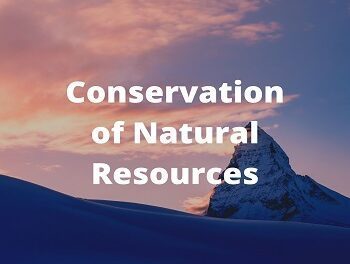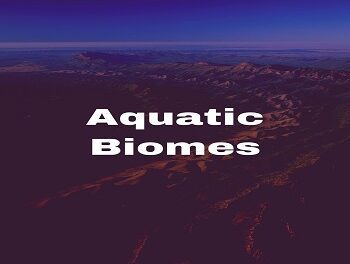GK SCIENTIST
General Knowledge One Stop Source
Month: December 2020

Science
Dec 31, 2020
Conservation of Natural Resources

Science
Dec 31, 2020
Ecological Crisis

Science
Dec 30, 2020
Terrestrial Biomes

Science
Dec 29, 2020
Aquatic Biomes

Science
Dec 29, 2020



